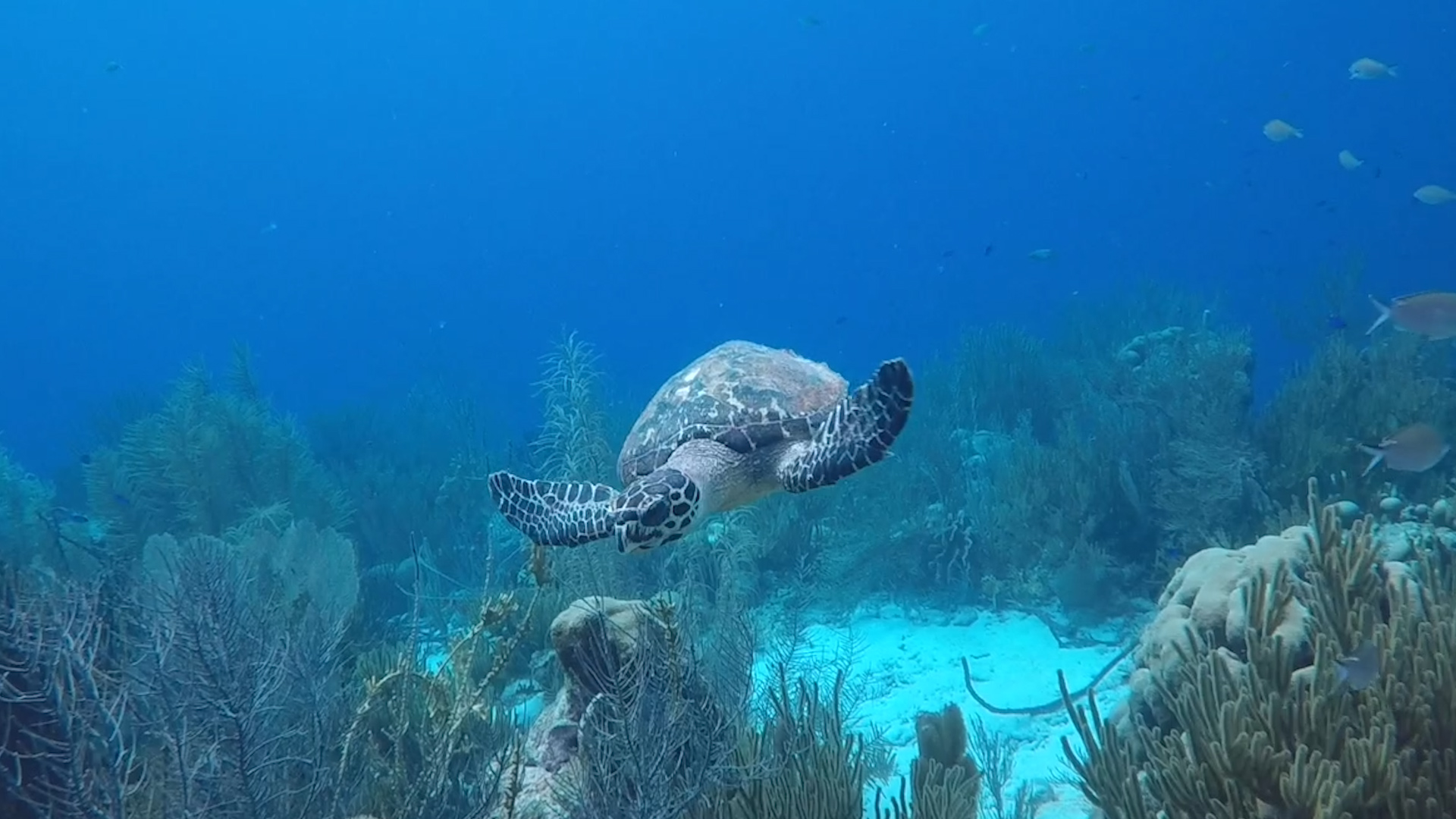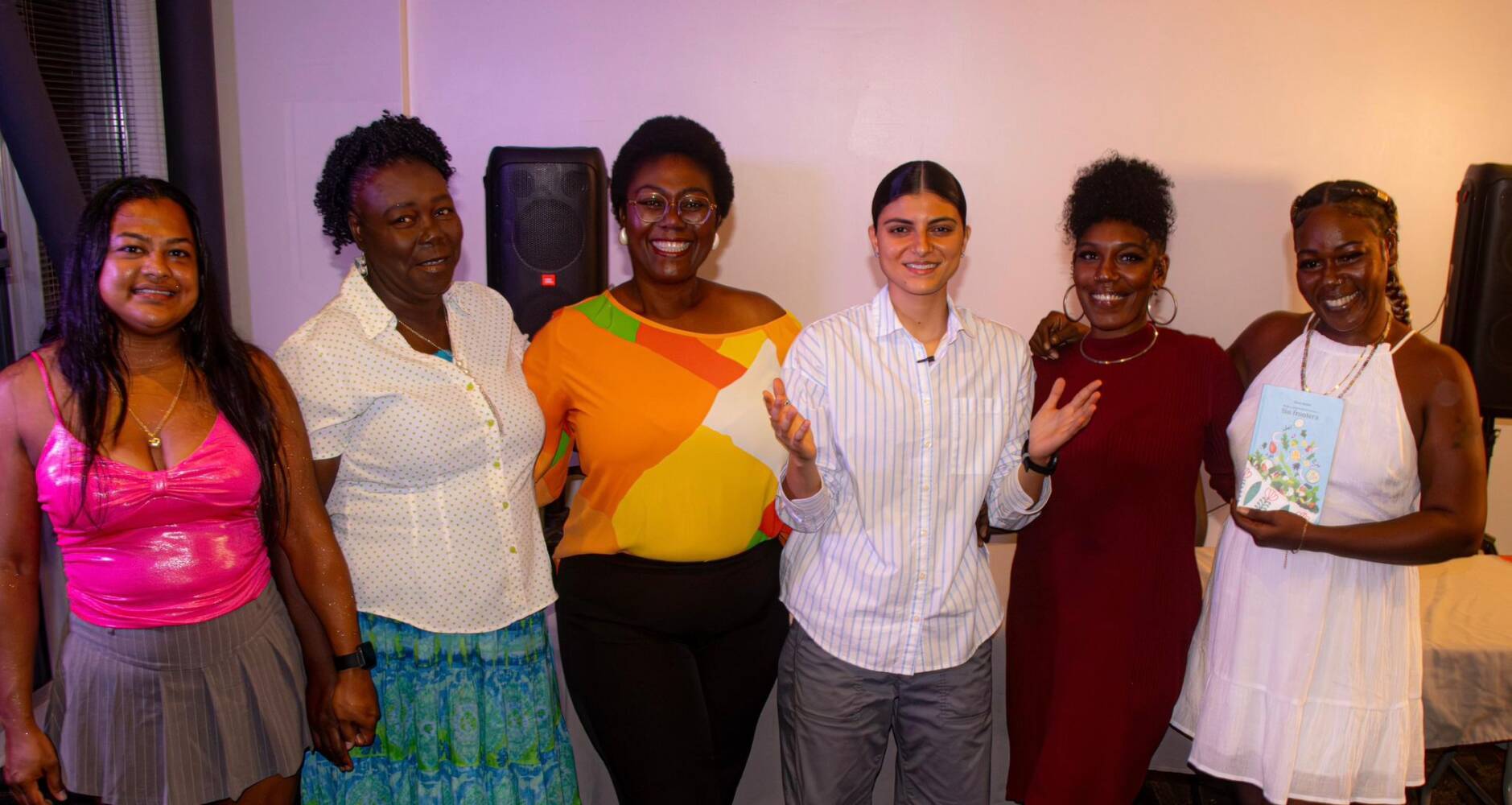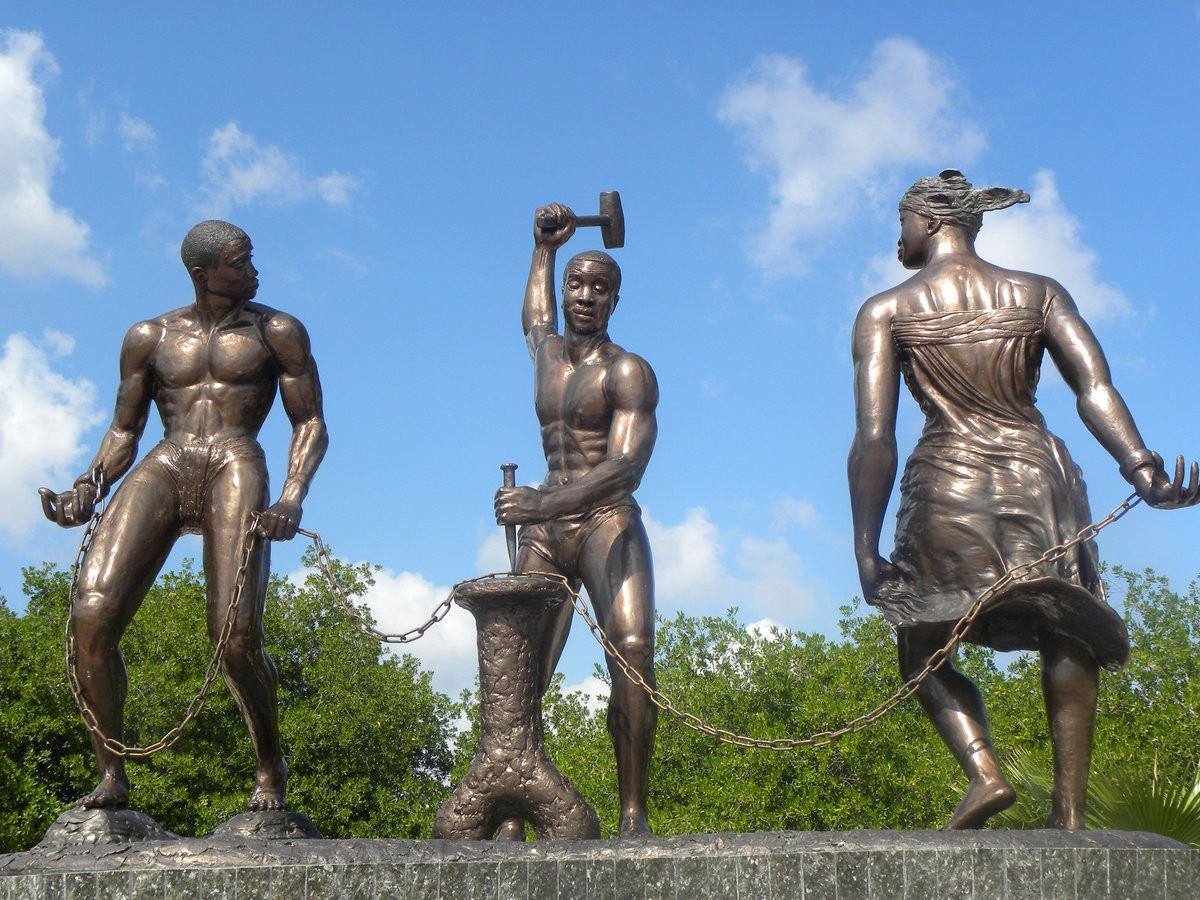KRALENDIJK – As a ‘blue destination’, Bonaire also observed World Ocean Day on Monday. The protection of the largest and most biodiverse nature reserve in the Kingdom is underfunded.
The 7 million euros that the Dutch government recently made available for the protection of marine life in the municipalities of Bonaire, Saba, and Statia is ‘nowhere near enough’.
A report by Marit Severijnse
“For effective and restorative conservation of the coral reefs, adjustment of rules and laws, and the enforcement thereof you would need three times as much. Especially if we’re talking about all the three islands”, says Tadzio Bervoets, manager of the Dutch Caribbean Nature Alliance, an organization which helps manage the parks and supports nature organizations.
Roxanne-Liana Francisca, a biologist at Stinapa, feels the same way. “What we need is structural support. A large coral restoration project can easily cost 2 million.”
Growing tourism industry bad for reef
In the new nature- and environment policy plan, which was recently approved by Parliament, water quality is one of the most important aspects. “This is probably the largest issue on Bonaire when it comes to the health of the marine environment”, says Garrett Fundakowski, assistant coordinator at Bonaire Reef Renewal.
Poor water quality is not only caused by waste water, but also by the growing number of tourists. “If tourism is not balanced out with nature conservation, it can have a negative effect on the marine environment”, says Kaj Schut, manager at Sea Turtle Conservation Bonaire. “To give an example; a lot of people use sunscreen which contains oxybenzone. That is very damaging to the reefs.”
Currently the DCNA, in collaboration with stakeholders, is working on a water quality plan. An important aspect of this plan is the treatment of waste water before it is returned to the ocean.
Roaming cattle also pollutes water
Fencing and feed for cattle are costly and as such a lot of goats roam freely around the island. The result of this is that bushes, trees, and plants on the coastline are eaten by these animals. This causes erosion which in turn leads to nutrients, bacteria, and sediment flowing into the ocean.
To tackle this issue, a ‘goat program’ has been in place on Bonaire for some time. The efforts have been intensified compared to previous years according to Roxanne-Liana. The population is also being involved more and more. “We give goats away for example, talk to people who work in agriculture and to the Agriculture, Livestock, and Fisheries service (LVV) on Bonaire about rearing goats without damaging nature”, according to biologist Roxanne-Liana Francisca.
Sea turtles threatened by light pollution
Light pollution is one of the threats that sea turtles have to deal with on Bonaire. “Baby sea turtles search for the highest intensity light after they’re born. Under normal circumstances that would be a reflection of the moon on the ocean, but at the Te Amo beach huge airport lamps lead them to a busy road”, says Kaj Schut of Sea Turtle Conservation Bonaire.
“Because the lamps cannot be turned off, we put up barriers and cages to prevent the little turtles from being run over.” Climate change is also a major concern. “The rising sea level encroaches on the beaches and as such the nesting grounds”, according to Kaj.
More collaboration needed
Even though a lot of activities and responsibilities of the different stakeholders overlap, this doesn’t always mean that projects are an collaborative effort, according to Bervoets.
“A lot of projects happen independently from one another, without bilateral arrangements. “In the future, we must set up more collaborative projects, so that achieving our nature- and environmental goals becomes easier.”
Threat for islandsThe Sababank is the largest undersea atoll in the Caribbean and one of the largest on the planet (2000 km2). The coral reefs around Bonaire are known to be some of the most pristine and healthy ones in the Caribbean. In 2019, research conducted by the Wageningen Marine Research showed that a majority of these reefs were not doing well: most of the shallow areas are barely growing or they’re eroding away. Next to that the researchers see a negative correlation between human activities and the growth potential of the reef. Due to these negative developments the researchers believe that the chance for flooding on the islands might increase, because reefs with a lot structure provide a natural barrier for the coastline. In the long run this might threaten the existence of the islands. |








